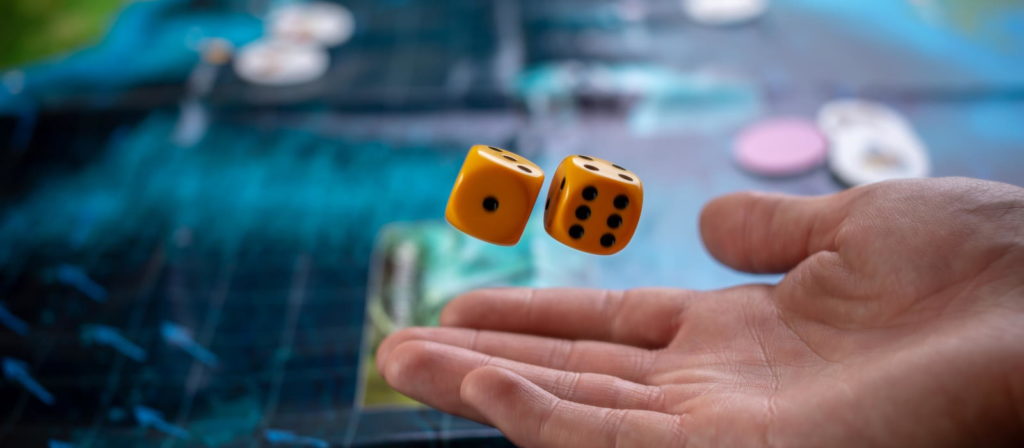
A Random Online Team Building Article
Sometimes, coming up with a new topic for an online team building article is challenging to say the least. Particularly after a holiday weekend as we have just had in the UK. To help with that, we called upon a creativity technique devised by Dr Edward de Bono. As many readers may know, he is the creator of Lateral Thinking. He is less well known for his creativity tools, though. These help people look at an issue from a lateral perspective. One of these tools is known as Random Entry.
We use many of his creativity tools to help create our new activities. But it’s easy enough to also use them to come up with a new topic for an article.
Random Entry is a technique that involves adding a random element into an issue or the solution of an issue. It may not always come up with a solution you want to proceed with, but it is pretty much guaranteed to come up with different perspective for you to consider. And in that difference you might just find something you hone to make it work. For this article, we used an online random word generator and it came up with the word “Structure“.
So our job now was to give this article a focus around structure. Here goes…
Online team building structure
There are different ways that structure needs to be taken into account when it comes to running an online team building event. For the purposes of this article, we’re going to look at team structure. Whatever size group you have, you are probably going to want to organize it into teams. Why? There are a few answers to that question:
For a team activity to be useful as well as fun, you want the way in which it runs to have as many parallels back into the workplace as possible. By doing this, people can see the relevance of the activity. And this gives you a chance – if you want it – to extract real learning from the time spent. In real life, your people are organized into teams, so you’ll want the structure of having different teams for the activity.
You’ll want everyone to be engaged with the activity and for everyone to be able to have an impact on the achievement of their team. Depending on the activity, we generally find the best team sizes are beween 5 and 10 people. Less than 5 and a team might not be diverse enough to bring different strengths to the team. More than 10 and people can “hide” during action, letting others in the team do all the work.
If your people are geographically spread (rather than all based in the same office), you’ll probably want to create teams that combine people from different locations. This will give everyone a chance to extend their personal networks and get to know people from other areas.
You’ll also probably want to make sure the mix in each team represents other diverse aspects of your group.
A technique for generating diverse teams
Many of our clients ask for our assistance in setting up their teams such that each do offer a mix of diversity within. We call the method we use “pseudo random“. How we do it is to ask for information on each individual within a spreadsheet. In addition to their names, we ask for extra spreadsheet columns that represent diversity factors that are inportant to that client.

Typical examples are:
- Location
- Role / level within the organization
- Longevity of service
… but it could be anything. Gender, shoe size, height, eye color etc. etc.
Assign team numbers
We then order the participant list by these factors. For example, if we have the 3 typical factors above, we would order them by location and within that by role or level and within that by longevity of service. We would then assign a team number to each in turn. If we are planning for 10 teams in total, we would assign 1 to 10 for the first 10 people in the list and then begin again at 1, continuing down the list until all have a team number assigned.
That will give us a team structure that guarantees a nice mix of people within each team. Structure complete!

